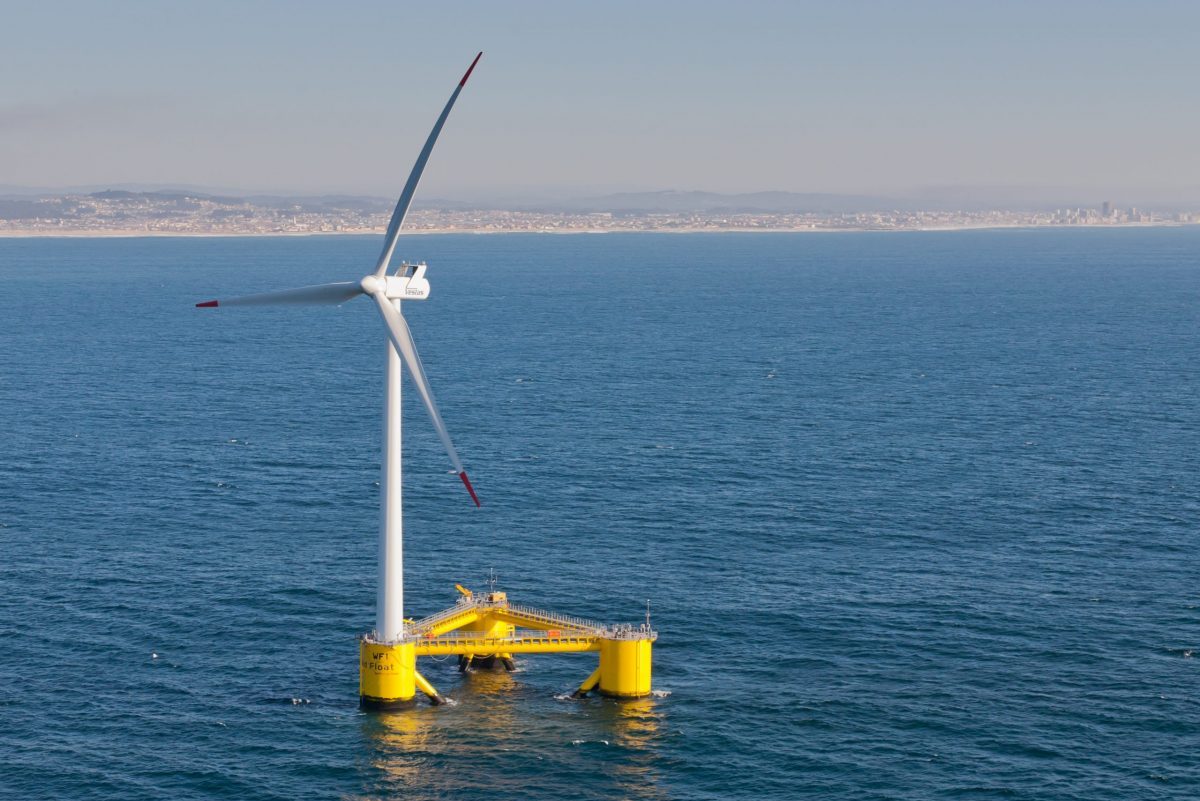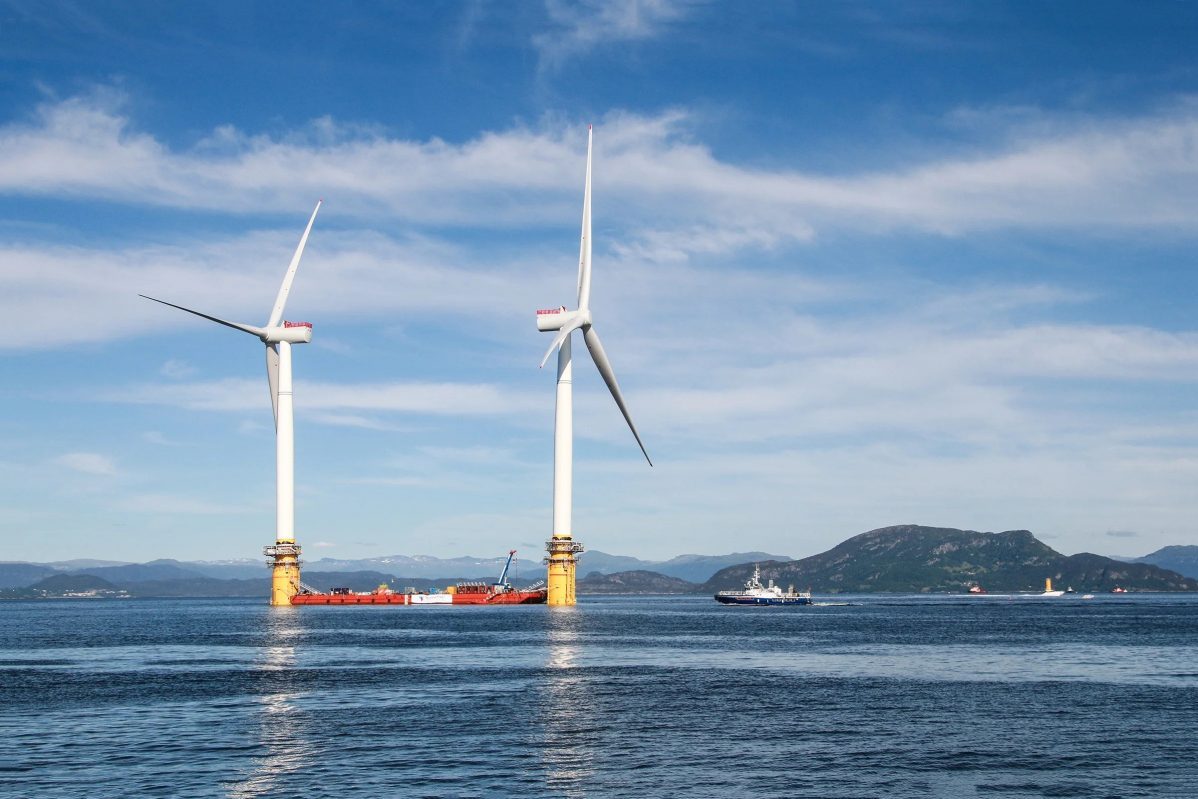A recent GWEC analysis reported that the United States could soon become a frontrunner in floating offshore wind technology production. It was chosen for this kind of wind development alongside the other four countries based on regional conditions, public policies, economic ambitions, and the prices of alternative sources of renewable energy.
The organization stated that the worldwide wind development market will reach 16.5GW by 2030. They anticipate its yearly disposition to exceed 1GW by 2026, a record surpassed by the non-floating offshore technology sector in 2010.
This sector is still in its early stages, but it offers enormous potential for expansion as many people learn about its benefits. Well over 80 percent of offshore wind project areas are deeper than 60, and most distribution substations in the world are located around coastlines.

Among the largest floating offshore air-driven power developments in the world is located in Scotland, the Kincardine Offshore Wind Farm. It has a capacity of 50MW, including five 9.5MW turbines called Vestas. The platform being utilized to further enhance the project’s ability and durability is called the Principal Power.
The GWEC stressed the possibilities of the development of this technology in the United States. Previously, US President Joe Biden declared a target of creating 30GW of renewable power by 2030, consistent with the organization’s prediction.
GWEC believes government assistance is the most critical element influencing the expansion of the floating wind economy. The Federal Investment Tax Credit grants a 30 percent benefit for wind energy projects that start construction before 2026, which might be a game-changer for the US market.
According to the paper, these offshore technologies offer development prospects in otherwise inaccessible waters off the coasts of California and the Gulf of Mexico. Furthermore, the US Bureau of Ocean Power Management is prepared to oversee its leases.

